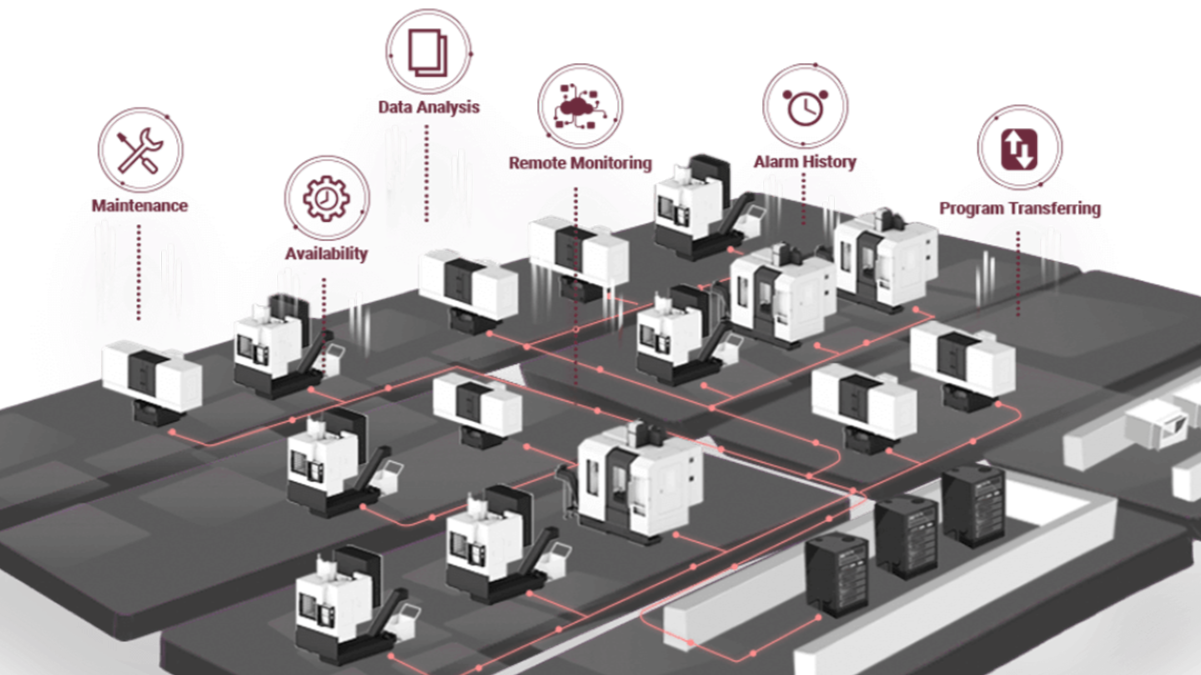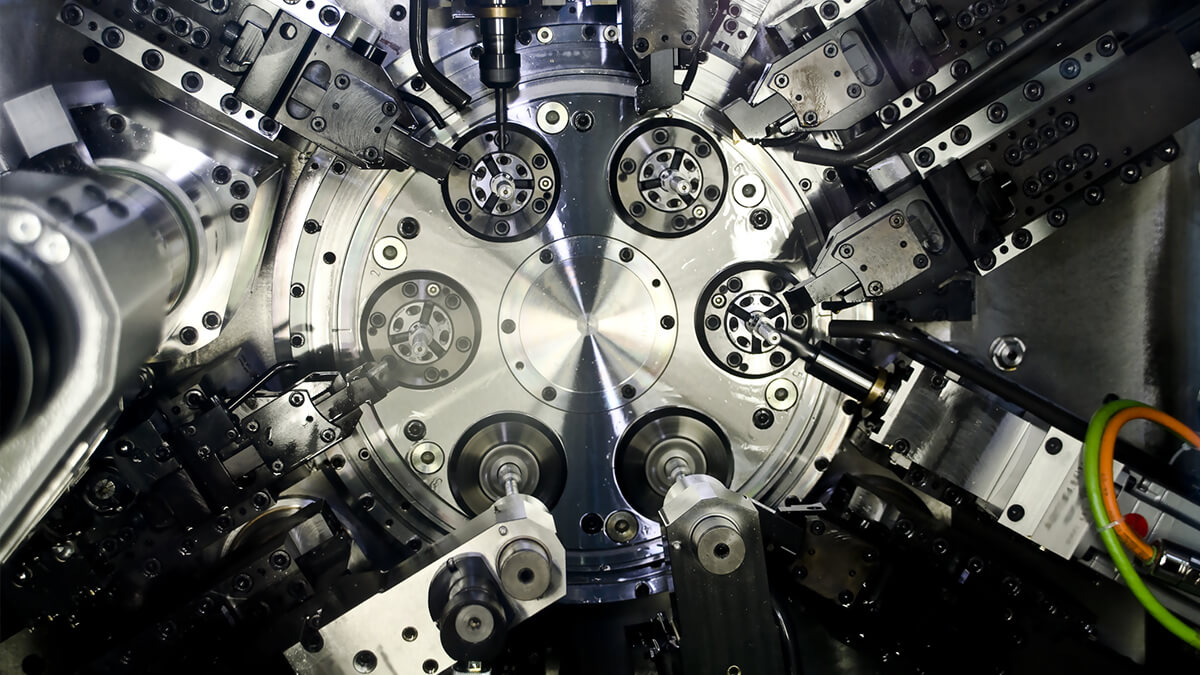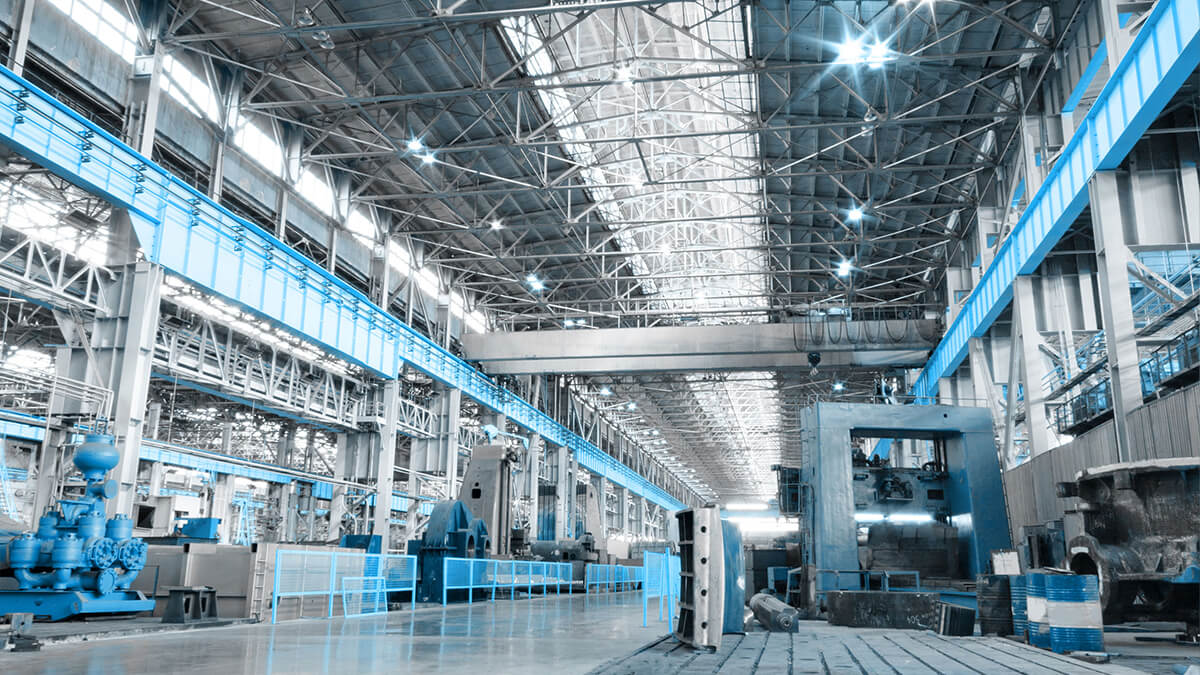- Showing results for
- Internet of Things
The manufacturing world is in the midst of a digital revolution. As Industry 4.0 rapidly evolves, factories are transforming from traditional workshops into interconnected, intelligent ecosystems. This shift is not just about adopting new technology; it's about fundamentally changing how we produce goods. Leading the charge are smart machine tools, which are moving beyond simple automation to become autonomous, data-driven assets. This is where companies like CHEVALIER are making their mark, bridging the gap between hardware excellence and digital innovation to redefine the factory of the future.
2025-08-21 16:03:05
Today, the Internet of Things is still a hot topic in many industries. Emphasizing the benefits of adopting this technology, Fortune Business Insights estimates that by 2026, the global Internet of Things market will reach 1102.6 billion US dollars.
2023-06-09 13:33:40
In the new normal of future changes, whether it is the ICT industry, the supply chain, or even the industrial ecosystem, it is necessary to think about how to improve resilience to respond to environmental changes from a mid-to-long-term perspective. It will be important to improve the resilience of the supply chain from procurement to production. The key to future competitiveness.
2022-11-16 13:42:24
Electric vehicles are only a small part of the future mobility trend. The future trend is not only electric vehicles, but also generates hidden business opportunities, and the opportunities are endless.
2022-11-14 17:14:18
To enhance competitiveness, manufacturers are driving a shift from a reactive problem-solving model to a more proactive device, process, product, and plant management model.
2022-10-12 14:08:14
Edge computing will grow in importance as manufacturers see the development of the Industrial Internet of Things (IIoT). The interconnected factory, designed for manufacturing automation, will become an essential corporate goal.
2022-03-17 17:09:37
The medical device industry is transforming. Nearly 80% of medical material companies believe that medical networking is the most important growth opportunity in the future, and 45% believe that cooperation with strategic partners is necessary. In fact, for medical IT solution vendors, the next decade is also an opportunity for their growth.
2020-08-11 10:07:00
An issue closely related to the smart factory debate concerns the position occupied by industrial production in overall social relationships; in other words, the relationship between factory and society, within which there is a new reflection on the relationship between factories and urban spaces, cities.
2020-07-13 14:09:29
Today, the Internet of Things is still a hot topic in many industries. Emphasizing the benefits of adopting this technology, Fortune Business Insights estimates that by 2026, the global Internet of Things market will reach 1102.6 billion US dollars.
2020-06-11 10:01:42
One of the main tenets of Industry 4.0 is data collection. Machine tools will have sensors that will collect many different kinds of data, including data on how much the machine has operated, the conditions it has operated in, and the condition of the components of the tool.
2020-06-05 13:42:46
Edge computing is a distributed computing architecture that moves applications, data, and services from the central node of the network to the logical edge nodes of the network for processing. Edge computing decomposes large-scale services that were originally processed by the central node into smaller and more manageable parts, and is distributed to the edge nodes for processing.
2020-05-28 11:58:40
Blockchain (or block chain) is a concatenated text record that connects and protects content by cryptography. Each block contains the encrypted hash of the previous block, the corresponding timestamp, and transaction data. This design makes the content of the block difficult to tamper with characteristic.
2020-05-15 17:56:47
Artificial intelligence illuminates the evolution of IoT and promotes three key application areas.
2020-05-14 15:43:54
With the advent of Industry 4.0, countries have also adjusted their industrial manufacturing strategies to enhance their smart manufacturing capabilities.
2020-04-21 13:09:26
Do you know the new words about tooling 4.0? Here we provide some introduction and example that manufacturers can know and follow the direction. Tooling 4.0 improves all about using technology to turn "clumsy" products into "smart" products.
2020-04-06 14:19:19
Nowadays, the traditional industry combines the technology of the Internet of Things, towards the innovation of Industry 4.0 and the development of intelligent manufacturing.
2020-03-24 10:44:55
Agree
















